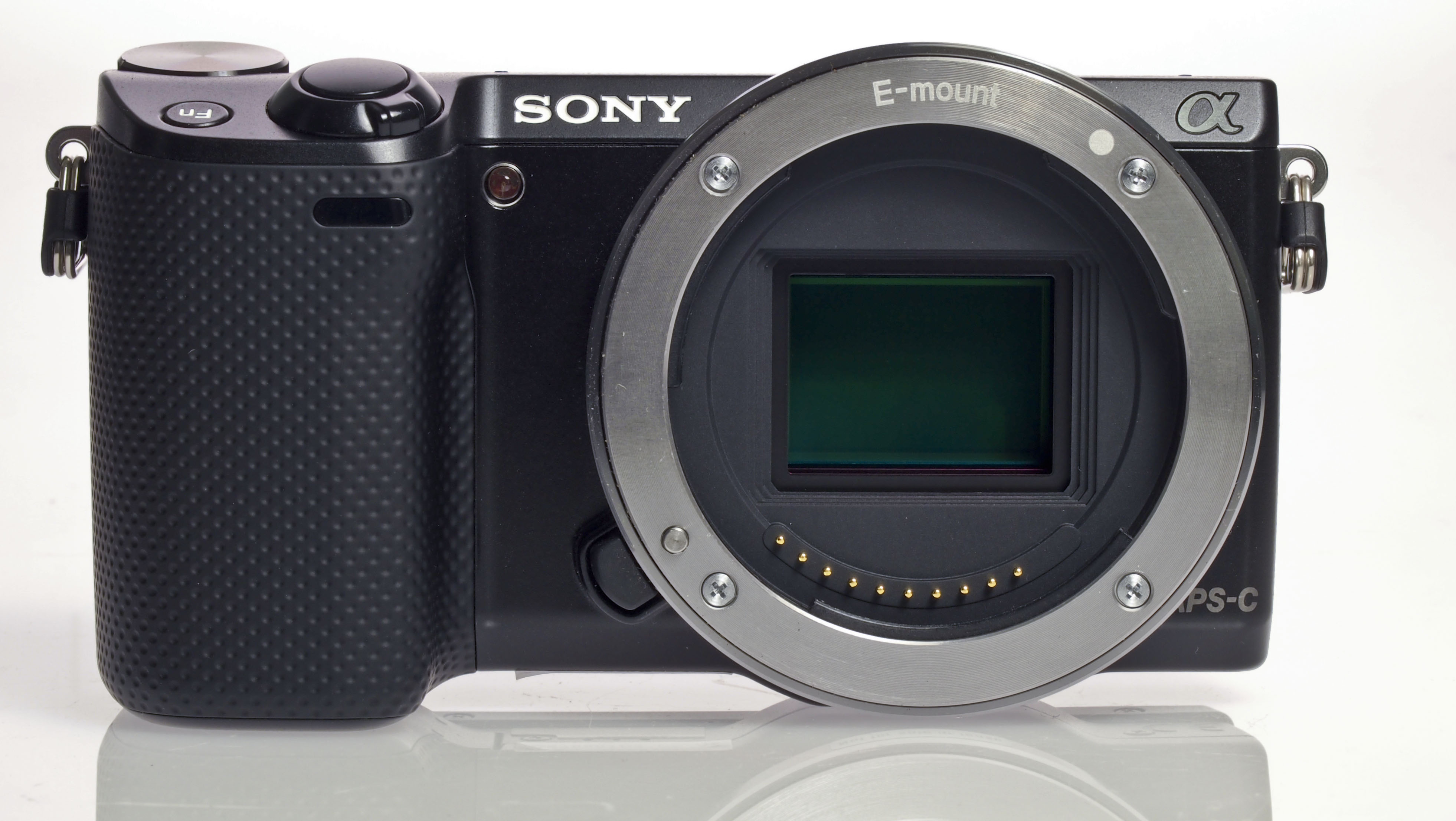TechRadar Verdict
Pros
- +
Tilting screen
- +
Good controls, Touchscreen
- +
Good selection of filter effects
- +
Excellent image quality
Cons
- -
Tilting rather than articulating screen
- -
Non-standard hot-shoe
- -
Filter effects JPEG only
Why you can trust TechRadar
The Sony NEX-5R directly replaces the Sony NEX-5N as the company's mid-range compact system camera offering. While the 5N saw boosted resolution, sensitivity range and continuous shooting rate over the original Sony NEX-5, that launched in 2010, the Sony NEX-5R retains many of the same specifications set down by the previous release.
However, this is not to say that the 5R is just a 5N with a few additions - the 16.1 million pixel APS-C sensor has been redesigned to incorporate a new super-fast hybrid AF system, and this is the first Sony CSC to feature Wi-Fi connectivity. The big news for this release, however, has to be its downloadable apps.
Design-wise, the basic shape has remained much the same, retaining the ultra-small streamline body that defines the NEX range. Size-wise the Sony NEX-5R is just a touch larger than your average compact camera.
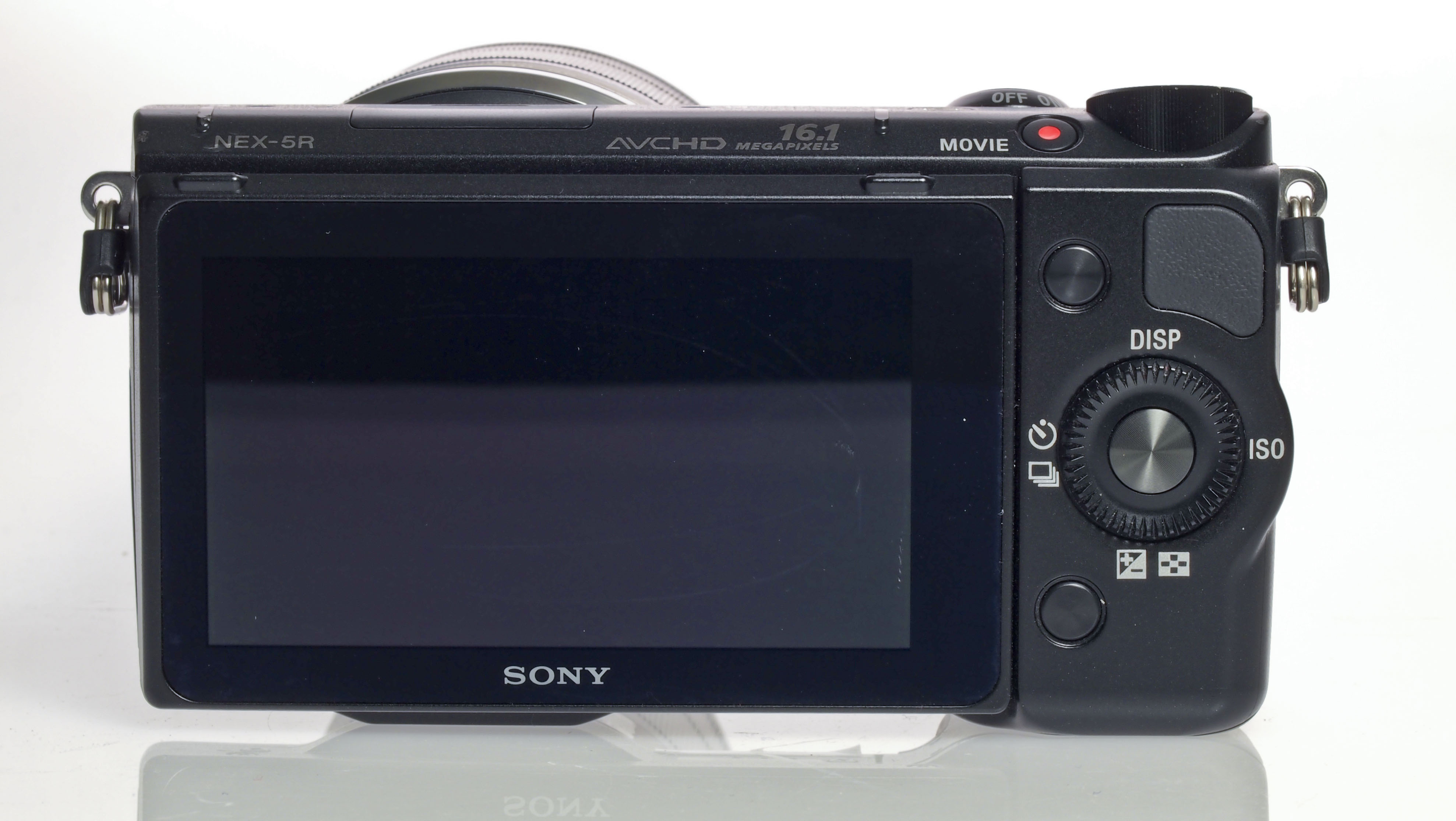
The kit lens, however, is an 18-55mm f/3.5-5.6, so is more akin to a full-size DSLR lens, which makes the camera look a little unbalanced when compared with its Micro Four Thirds rivals.
Despite the similarities between the Sony NEX-5N and Sony NEX-5R's exteriors, there are a few key differences; firstly the new large control dial, Fn (Function) button and the touchscreen that now tilts to 180 degrees above the camera and 50 degrees down, similar to the Sony NEX-F3.
Sony NEX-R5 at a glance
Sensor:
Sign up for breaking news, reviews, opinion, top tech deals, and more.
16.1MP, APS-C Exmor CMOS
LCD screen:
3-inch 921k dot resolution
Video resolution:
Full HD AVCHD/MPEG-4 AVC (H.264) up to 1920 x 1080 50p
ISO range:
ISO 100-25600
Dimensions:
110.8 x 58.8 x 38.9mm (4.4 x 2.3 x 1.5 inches), 218g (0.48lbs) body only
Features
New headline features on the Sony NEX-5R include the design of the APS-C sensor; improved sensitivity performance; a hybrid autofocus system; app compatibility; Wi-Fi connectivity; 180-degree tiltable touchscreen; new control dial and function button.
All hopes for an integrated flash will have to wait until a later release, if at all. There is, however, a small external flash that slots into the accessory port on the top of the body. This small flash is included in the kit.
The 16.1 million pixel APS-C sensor has been redesigned to include a new hybrid AF system, which combines both contrast and phase detection. This new sensor teamed with Sony's Bionz processor is claimed to enable super-fast AF, an impressive 10fps shooting speed and improved high sensitivity performance.

The Sony NEX-5N improved on the sensitivity range of the NEX-5, adding a stop to either end of the scale and increasing the range from ISO 200-12800 on the NEX-5 to ISO 100-25600 on the NEX-5N. Now the Sony NEX-5R retains the range of the NEX-5N.
However, Sony has worked hard to improve the quality of images at the higher sensitivity values.
It's not just the inner workings and technological advancements that have been introduced to the Sony NEX-5R, there are also a few more grass root additions that make taking pictures on a CSC that much more intuitive, and these have migrated from the Sony NEX-F3 and Sony NEX-7.
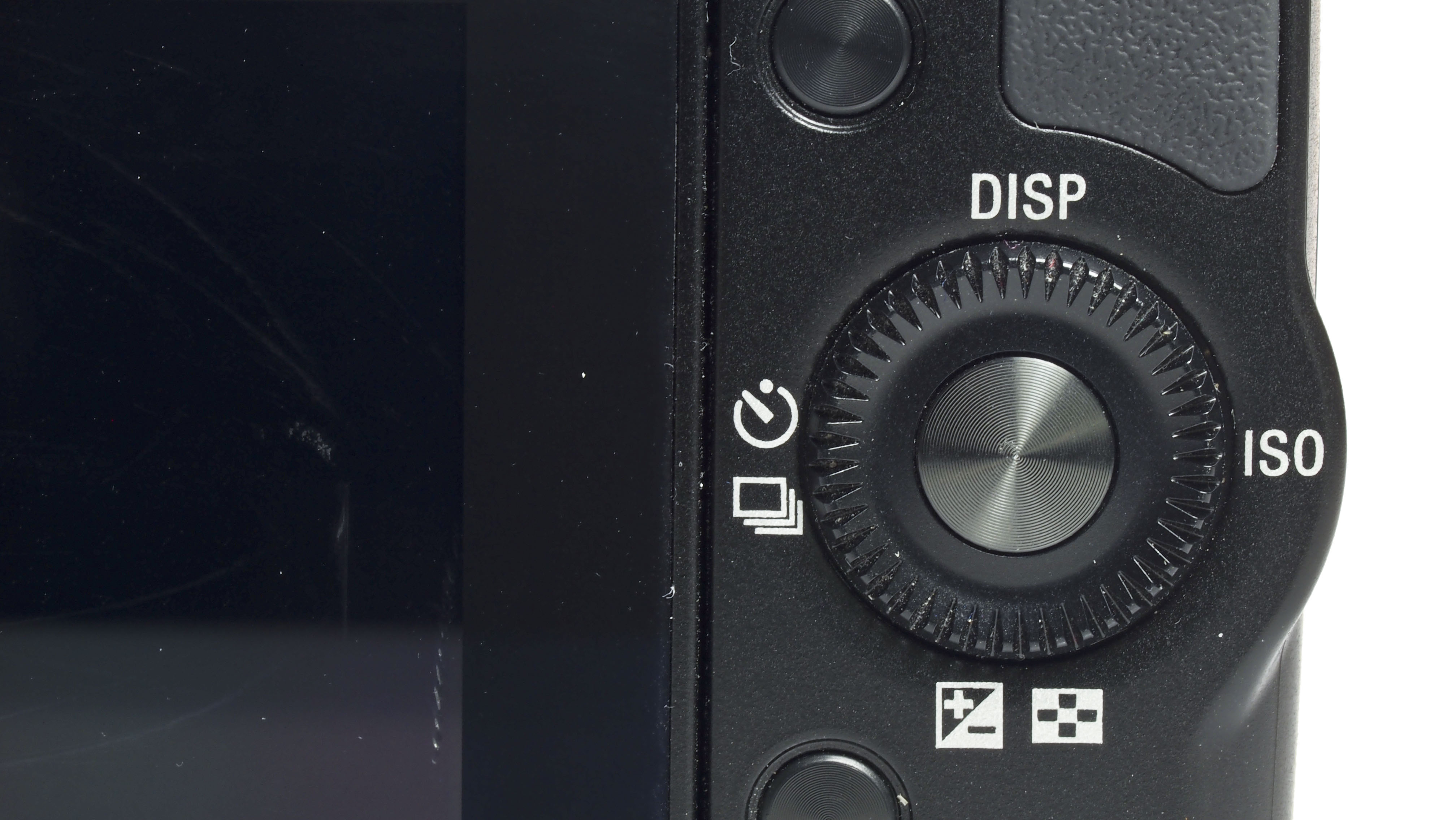
Firstly, the tilt screen design is similar to the NEX-F3's, and gives a full 180-degree tilt above the camera so that the screen can face the same direction as the lens. This makes taking self portraits that much easier, and features a handy visual countdown feature on the run up to the picture being taken.
In the opposite direction, there's a 50-degree downwards tilt. This greater flexibility is a great improvement over the tilting screen on the NEX-5N, but still doesn't match the flexibility of a fully articulated screen.
As on the NEX-5N, the screen is also touch-sensitive, with a touch shutter mode and controls that are all quickly accessible with your finger.

On the top of the camera's body there's a new control dial, similar in many ways to one of the two that appear on the top-of-the-range Sony NEX-7. This can be used to quickly change settings, such as aperture and shutter speed, depending on the mode you're in.
Mounted next to this is a function button that again enables you to quickly access different settings, such as focus or white balance.
Both these and other buttons on the back of the Sony NEX-5R's body can be customised in the set up menu to fine-tune the handling to your liking.
Apps
Apps were the big new feature on the Sony NEX-5R. As with any smartphone, these can be downloaded directly, without the need for a computer. You do need to join Sony's PlayMemories service, but once done, with the camera connected to Wi-Fi, it all looks pretty straightforward.
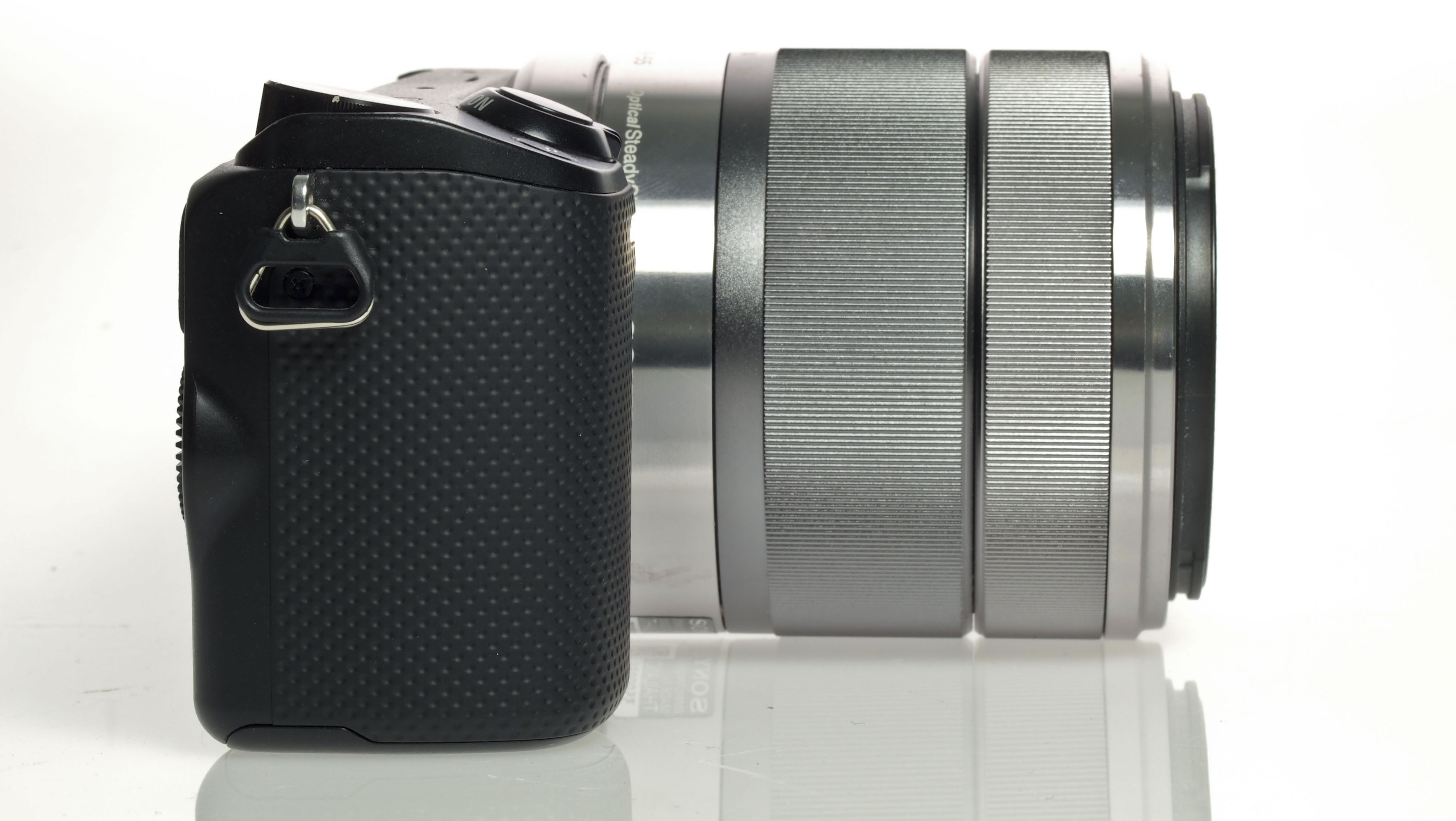
The apps include some great image effects, a rather interesting cinema effect that looks like it mixes stills with movies to create a cinemagraph-like image, and a remote app that will enable you to adjust settings and remotely release the camera via your iPhone or Android phone.
Of course with apps you need a way to download them to the body, and to help keep things simple the Sony NEX-5R has Wi-Fi built in, a first for the NEX range of cameras.
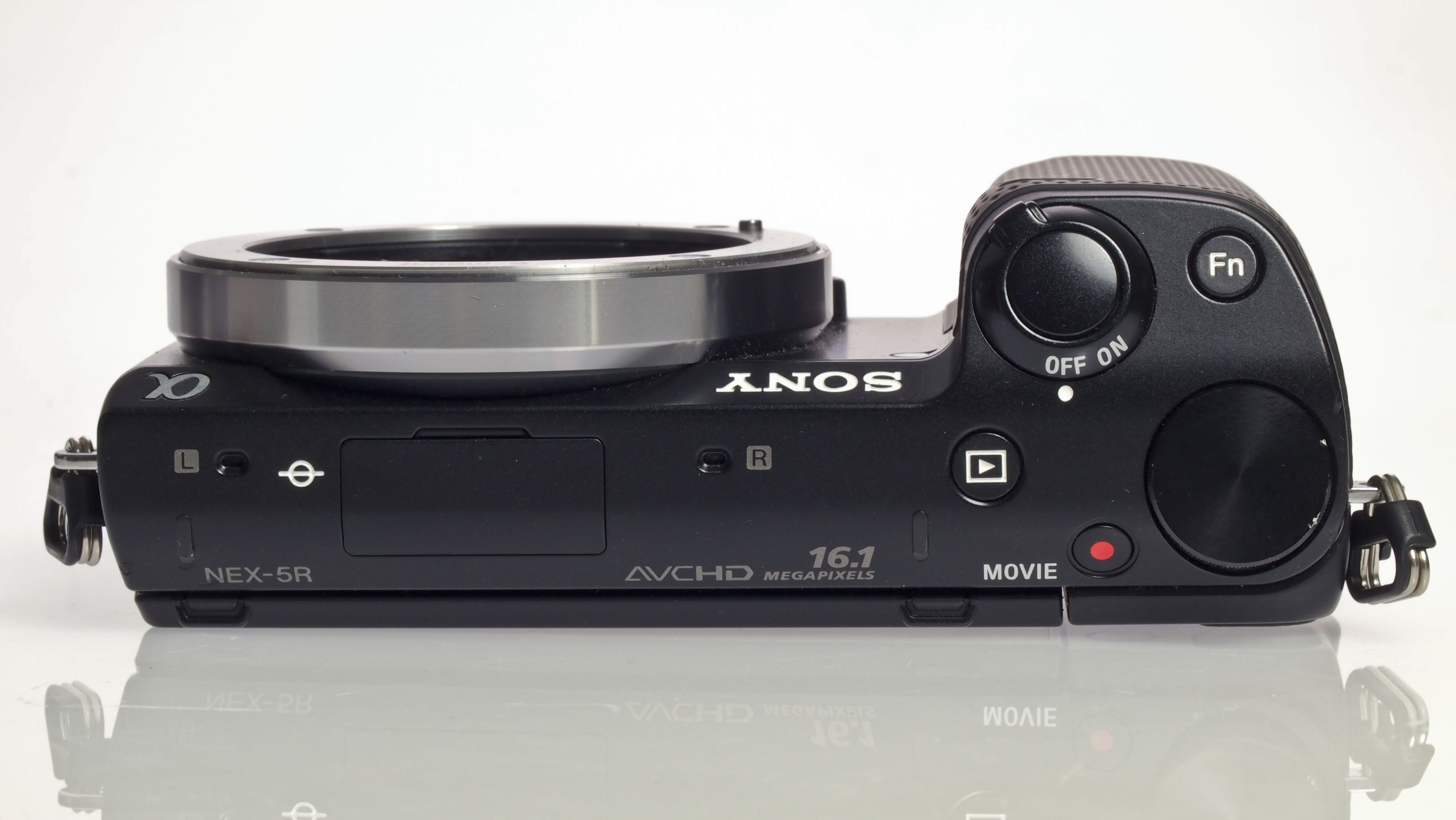
Firstly this is great for direct access to apps, but it will also enable you to download your images directly to your computer or phone without cables, once the devices being used are paired and the required software is installed.
If other recent releases of this type are anything to go by, this process should be pretty quick and straightforward.
Ali Jennings is the imaging lab manager for Future Publishing's Photography portfolio. Using Imatest Master and DxO Analyser he produces the image quality tests for all new cameras and lenses review in TechRadar's cameras channel. Ali has been shooting digital since the early nineties and joined Future's Photography portfolio back in 2003.
